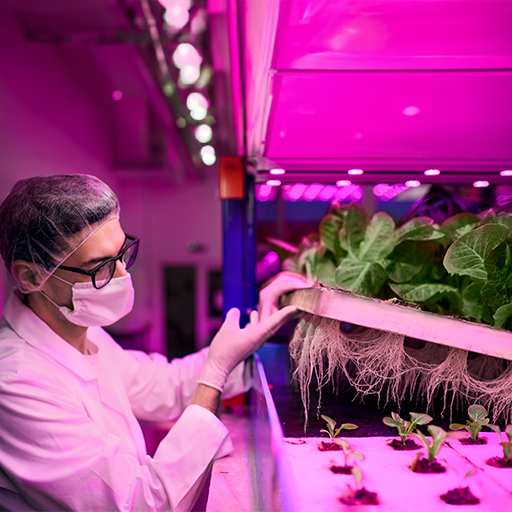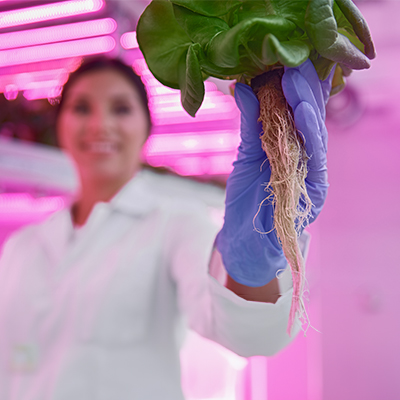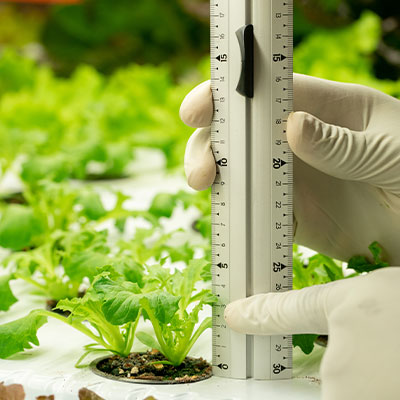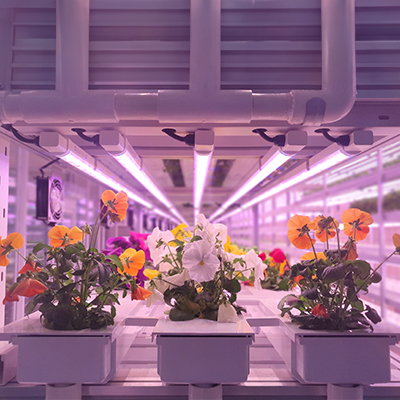
- Home
- Technology
- What is Hydroponic Farming?
What is Hydroponic Farming?
Soilless agriculture is a much more efficient and environmen...

What is Hydroponic Farming?
Soilless agriculture is a much more efficient and environmentally friendly agricultural alternative than traditional methods. Since it does not require soil, it can be used even in limited areas and provides a great advantage in vertical farming projects, especially in cities. Increasing population, decreasing agricultural land and climate crises make soilless agriculture indispensable for the food security of the future. With this system, which utilizes unused areas in cities, it is possible to produce fresh and sustainable products in every season. So, to put it briefly, how does this system work? With sensor technologies, critical parameters such as temperature, humidity, light and pH levels are monitored with sensors, creating ideal conditions for plants. Additionally, big data on plant development can be collected using artificial intelligence and data analytics, allowing the design of more efficient and profitable systems in the future. It provides a great advantage, especially in regions with limited water resources.
The same amount of product can be obtained with only 10% of the water used in traditional agriculture. Likewise, the nutrient solutions used in soilless agriculture are recycled with closed circuit systems, producing the same product with 50% less fertilizer. Most importantly, since there is no need to use chemical pesticides and herbicides, the release of chemicals that harm the environment is kept to a minimum. And the products produced are always reliable. Let's add system photos here. I put the photos I have taken by artificial intelligence into a folder. We can use these. Hydroponic agriculture serves many of the United Nations Sustainable Development Goals thanks to its technology, season-independent production, soil-independent production, water saving, support for local production, low fertilizer use, no pesticide use, ability to work integrated with energy systems and low carbon footprint. It does.





